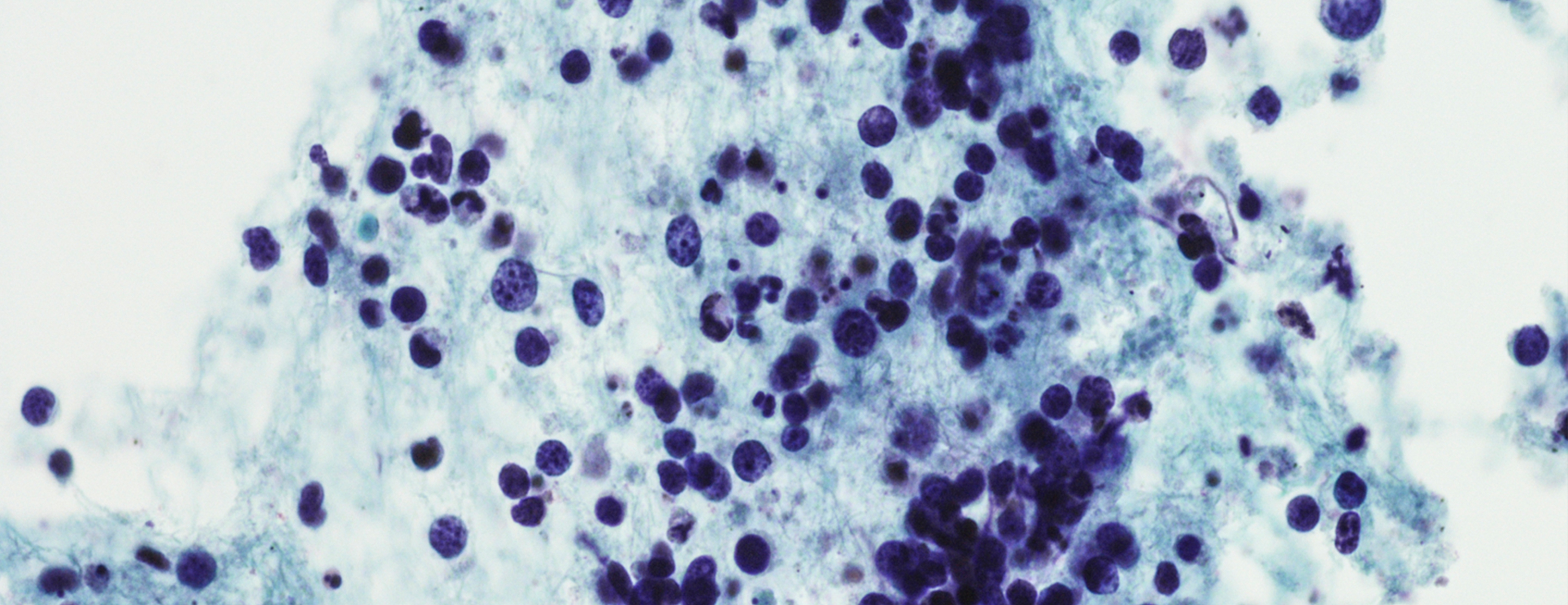Intensity modulated radiation therapy (IMRT) is the most advanced form of 3-D conformal radiation therapy, a technique that adjusts the radiation beam to the contours of a tumor, allowing for higher, more effective doses of radiation to be delivered while minimizing exposure to surrounding healthy tissue.

Intensity Modulated Radiation Therapy
This technique, developed in the late 1980s, uses computer tomography (CT) and magnetic resonance imaging (MRI) to create 3D images of the affected organ and surrounding tissues. Based on these images, treatment is carefully designed for each patient with selected radiation beam directions, aperture shapes and intensities.
This precision allows high doses of radiation to be delivered to the tumor while minimizing the radiation and potential damage to healthy tissue.
UCSF, which has one of the best-equipped Radiation Oncology departments in the country, began offering IMRT in 1997 for adults. We offer two types of the treatment:
- Multileaf Collimator (MLC) IMRTMLC-IMRT uses as many as 25 fixed beams to deliver radiation to its target.
- Serial TomotherapyThis treatment uses a specially designed IMRT that rotates around the patient. The therapy involves several rotations to deliver radiation beams from the most effective angle, allowing for higher doses to the tumor, while sparing nearby healthy tissue.
Conditions Treated
IMRT may be used in the treatment of cancers and tumors including:
- Brain tumors
- Breast cancer
- Gynecologic cancer
- Head and neck cancer
- Lung cancer
- Prostate cancer
Procedure
IMRT typically is administered five days a week for five to eight weeks. For each session, the patient is in the treatment room for 15 to 30 minutes. Small amounts of radiation given on a daily basis, rather than a few large doses, help to reduce damage to body tissues surrounding the tumor.
Weekend rest breaks allow normal cells to recover.
The total dose of radiation and number of treatments a patient receives depend on the size, location and type of the tumor, the patient's general health and other factors.
The first IMRT session tends to be longer than others so that additional X-ray films and checks can be taken.
Before treatment begins, colored semi-permanent ink may be used to mark the patient's skin to indicate the alignment of the radiation equipment with the targeted area. In the treatment room, the radiation therapist uses the marks to locate the treatment area.
The patient is positioned on a treatment table. Sometimes, special molded devices are used to help with positioning.
The radiation therapist leaves the treatment room before the machine, controlled from a nearby area, is activated. The patient can be seen on a television screen or through a window in the control room and the therapist can talk with the patient through an intercom.
IMRT is a painless, non-invasive therapy, during which patients don't hear, see or feel the radiation. If the patient does become uncomfortable during the procedure, the machine can be stopped at any time.
UCSF Health medical specialists have reviewed this information. It is for educational purposes only and is not intended to replace the advice of your doctor or other health care provider. We encourage you to discuss any questions or concerns you may have with your provider.














